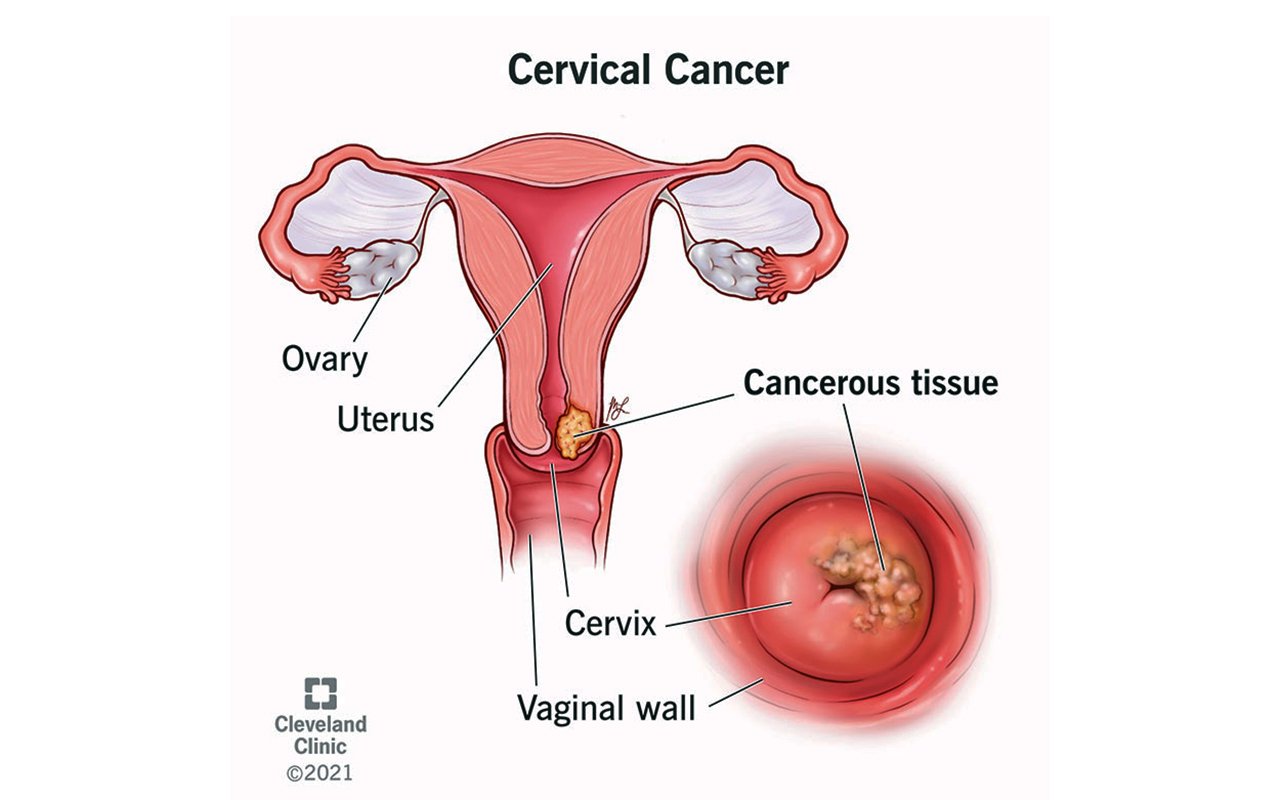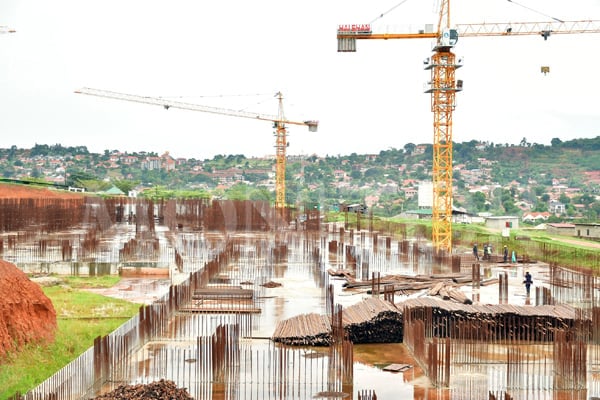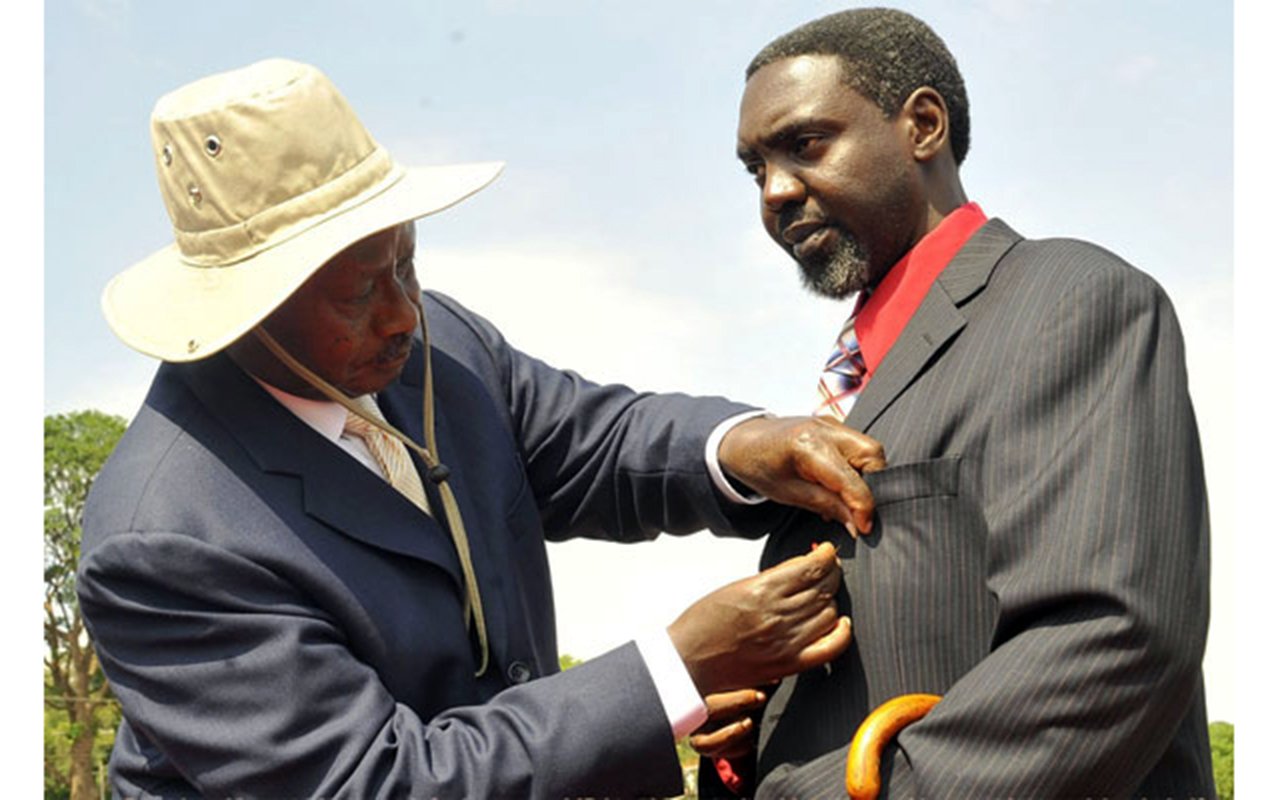Engage Rakai earthquake victims on proper house reconstruction
Following the September 10 earthquake, the government, through the Office of the Prime Minister, dispatched 6,440kgs of maize flour, 3,220 kg of beans, 644 tarpaulins and a consignment of blankets to affected areas in Rakai. It is estimated that the 5.7 magnitude earthquake destroyed more than 500 houses in Kakuuto County in Rakai District and another 3,186 houses developed cracks.
Despite the circumstances, the victims rejected the maize flour and beans and emphasized that the earth quake did not destroy crops but houses which need to be reconstructed.
They say that earthquakes do not kill people; poorly built buildings do. It thus calls to greatly reduce deaths and minimise injuries and economic losses from building collapses by designing earthquake-resistant houses and training builders, engineers, homeowners and government officials to build them.
Rapid urbanisation of the lifestyle in the villages of Rakai and increasing wealth over recent decades have led to changing construction patterns, with a move away from flexible, soil and pole made structures to the more brittle confined brickwork, which can be deadly in an earthquake if not well-designed and built.
Most locals in Rakai communities have already observed the fact that houses built with traditional materials like soil, poles and others were not significantly affected by the earthquake. However, it should be noted that it is easier to make minor, low or no-cost changes to existing ways of building than introduce a completely new house technology, or reintroduce a traditional building method that has gone out of style.
Six steps should be deployed, adapting them as necessary to fit the local situation in Rakai. The steps include learning from previous earthquake experience in the area and similar areas; designing minor, low or no-cost changes to existing ways of building; building local skills; stimulating local demand; facilitating access to capital and measuring the change.
An in-depth analysis of local conditions and consultation with residents prior to design and development, followed by post occupancy surveys, including resident satisfaction surveys and monitoring should be done. Local residents especially in the most affected villages; Kifamba, Kyeebe, Minziro, Kanabulemu, Kibanda, Gwanda and Kasensero should be fully engaged throughout the process.
A village organisation process should be established to address long-term issues such as developing local green planting, ecological industry and continued village environmental management.
There is a need to shift away from donor-driven, one-size-fits-all model for housing reconstruction. This conventional response of relief agencies focuses on short-term solutions, which leads to fewer resources for permanent housing. While donor-driven models can and do build safe houses, they miss the opportunity to build local capacity, and in many cases the houses built after the funding and technical assistance cease are not built to those same safe standards.
Focus should be on promoting the homeowner-driven model among relief agencies. The homeowner-driven model provides hands-on technical assistance directly to the homeowners, who should choose the house type appropriate to their lifestyle, family size and budget and can oversee that the quality of workmanship and materials is good from builders that they are paying to carry out the rebuilding.
Local residents should be engaged in construction and be supervised by qualified engineers. In such setting, the costs are low and the government and other aid may meet half the costs of construction and the other half by residents. Some residents may use their half from their own savings and those who may not afford to do so can get an interest-free loan from the government.
The actions should seek to change construction practice permanently, recognising that earthquake-resistant housing construction will only become common if the right technology is locally available, widely known, culturally accepted, and competitively priced. To achieve this, there is urgent need to work with the victims and not for them.
Mr Zaake is the coordinator at Rakai Environmental Conservation Programme. [email protected]




